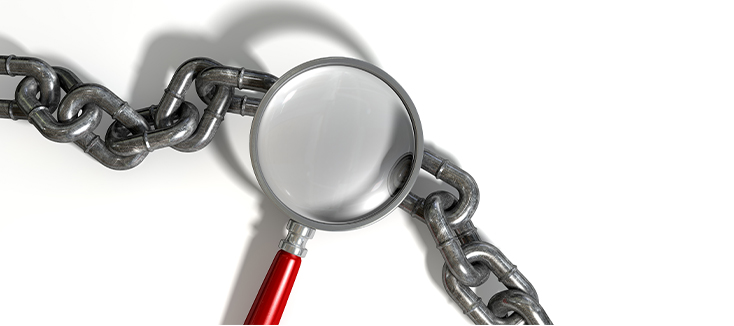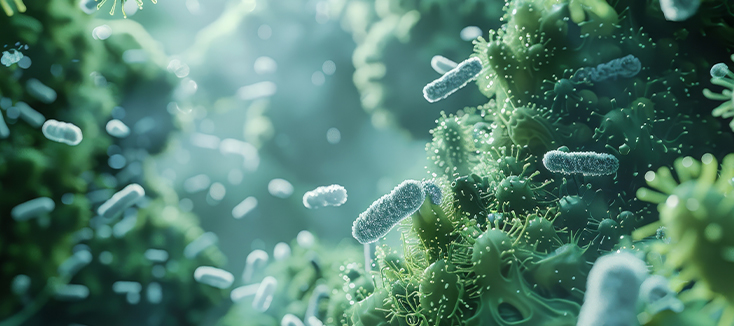Innovation is one of the hallmarks of a thriving and flourishing society. With innovation comes growth, improvement, and progress. The development of medical devices plays a key role in modern-day advancements. As medical devices are developed and refined, they become more accessible to more people, making life healthier and happier for people around the globe.
As wonderful as that all sounds, the development of a new medical device isn’t all sunshine and lollipops; it’s hard work. A lot of hard work. Developing a medical device is an extremely complicated process that takes years of work from whole teams of individuals, but there is a basic three step process that all devices must go through: invention, testing, and clearance.
Invention
The first step to developing a medical device is the invention of it. As ever, necessity is the mother of invention. Most medical devices are developed because a need is recognized and an industrious, clever individual decides to create a solution. The problem to be solved must be thoroughly researched and looked into by our prospective inventor. Once they have a firm grasp of the problem, requirements are created, then a solution must be engineered, sometimes by one person, but often by a team of innovators.
These innovators develop various concepts in order to solve the problem at hand. Most of these are not workable and must be trashed until a viable option comes along. To make a challenging situation harder, the medical device must be classified by the FDA and, depending on its particular classification, must meet certain FDA requirements. This process can take anywhere from a few months to a few years, depending on the intricacy of the problem, its proposed solution, and the FDA classification the device will fall under. After much trial and error (and documentation), a functioning prototype exists and can be tested.
Testing
Once a new device has been designed, it must be verified and validated through testing to produce a safe and effective medical device. The design must be assessed for risks and validated against various standards posed by regulatory bodies, like the FDA and others who help steer the medical industry. The device must be tested in a clinical setting, as well, to prove it meets all the requirements of the medical staff. Once the product meets these requirements, it can to be improved upon but verification and validation testing must occur again.
While a product may in fact work, through market feedback continual improvements could always be made. As an example, let’s look at a product like the TEEClean® Automated TEE Probe Cleaner Disinfector. When it was first being developed, it was not possible to automate cleaning of TEE ultrasound probes and incorporate high-level disinfection into one machine; that hadn’t been done before. The challenges of cleaning, rinsing and high-level disinfection were significant while increasing temperatures and exposure times to a variety of chemical agents. The temperature variances and chemicals had to be weighed against material compatibility and what would be least damaging to the probe. Once all the kinks were worked out, CS Medical’s scientists and engineers were able to successfully design and develop the first automated cleaner disinfector for TEE probe.
All products must go through a similar period of testing and refinement to achieve the desired solution while not compromising safety or functionality.
Clearance
Once the device has been validated to seeming perfection, it’s time to put the device through the wringer. Achieving clearance or approval from the FDA is often the most challenging and time consuming part of the development process. Countless forms must be tediously filled out; testing and results must be submitted and, sometimes, defended; depending on the classification of the device, arguments must be made as to why the device should fall under one category or another and; and more forms must be submitted. This process can take many months and is often one of the biggest hurdles to overcome.
After all this work and effort, if a device fails to achieve clearance or approval from the FDA, the years of work that have gone into the device must be extended even longer to try to get the device to pass or the time must be counted as a total loss and the whole project scrapped.
Next time you use a medical device at your facility, consider all the hands and minds that have worked together to make it a reality. CS Medical is always working to innovate and create new ways to ease the burden on healthcare workers and improve care for patients. It’s what our engineers and scientists do every day. It truly is a modern miracle that we are able to find solutions to pressing medical needs and then implement them worldwide and we are excited for all the latest innovations our team has coming your way.


